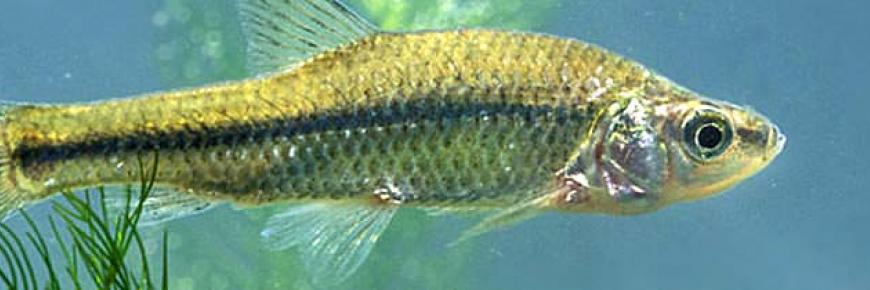Report Published!
Europe is already suffering at the hands of several infamous invasive non-native species which were introduced, escaped and are now causing significant ecological and economic damage. We have all heard of them - Japanese Knotweed, Killer Shrimp, Signal Crayfish and many more.
The new RINSE Report 'Targeting and prioritisation for INS in the RINSE Area' reveals that this battle is ongoing, with many more potentially devastating non-native species on their way to Great Britain, France, Belgium and The Netherlands from countries as close as Germany!
The report was commissioned by RINSE with the research carried out by scientists at Cambridge University - Dr. B. Gallardo, Dr. A. Zieritz and Dr. D. C. Aldridge. Thanks to their hard work, we now have a clear idea of which invasive non-native species pose the biggest threat - and more importantly - where they are likely to invade.
The primary output of the Horizon Scanning Report is a series of ‘invasion heat maps’ based on the results of Species Distribution Models (SDMs). Using species environmental data, the potential distributions of 72 invasive non-native species were mapped across Great Britain and the RINSE area. These invasion heat maps highlight which parts of the UK need to be concerned about which invasive non-native species.
Let's show you an example:
 Rubus ellipticus - Asian Wild Raspberry
Rubus ellipticus - Asian Wild Raspberry
This heat map shows that urban areas across the UK are at high risk from an invasion of Asian Wild Raspberry. Although the fruit is edible, an invasion of this plant would be far from pleasant for the UK. The Asian Wild Raspberry forms dense thickets which are extremely thorny making management and control difficult. The plant, like Japanese Knotweed, can spread from root suckers and can subsequently easily invade new areas of agricultural land, woodland and grassland. Major cities including London, Southampton, Birmingham and Manchester have been highlighted as potential hotspots for this thorny plant. The plant is listed as one of the worst 100 invasive species – a title that shouldn’t be taken lightly!
By overlaying these 72 individual SDMs, an overall invasion heat map for the RINSE countries and surrounding waters was created. From this, coastal areas were revealed to be particularly vulnerable to future invasions, increasing the need for improved biosecurity in such areas. Many invasive non-native species were found to be closely associated to urban areas and transport links such as road networks which would facilitate their spread was introduced.
All of this information is now available to download from our website. It is vital that this information is used to guide us in our future battles against invasive non-native species.

